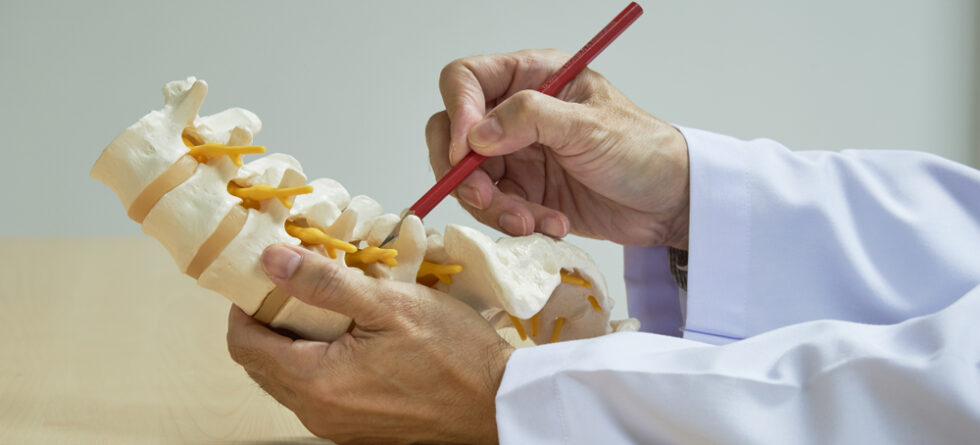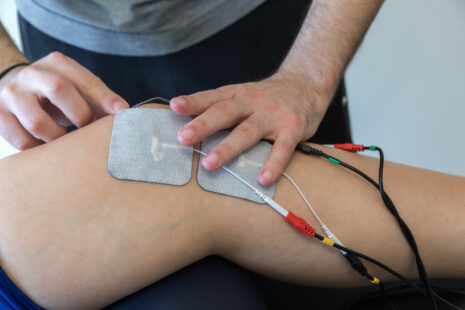L5-S1 degenerative disc disease (DDD) is a common spinal condition that affects the intervertebral disc between the fifth lumbar vertebra (L5) and the first sacral vertebra (S1). It is part of the lumbar spine, which is the lower region of the back.
Degenerative disc disease refers to the natural age-related changes that occur in the intervertebral discs over time. The intervertebral discs act as shock absorbers between the vertebrae and provide flexibility and cushioning to the spine. With age, the discs undergo wear and tear, leading to various changes, which can include…
- Disc Degeneration – The discs lose water content and become thinner, which reduces their ability to absorb shock and provide adequate cushioning.
- Loss of Disc Height – As the discs degenerate, they may lose their height, causing a decrease in the space between adjacent vertebrae.
- Bulging or Herniation – The outer layer of the disc (annulus fibrosus) may weaken, leading to bulging or herniation of the inner gel-like material (nucleus pulposus) through the annulus.
- Bone Spurs (Osteophytes) – In response to the changes in the discs, the body may form bone spurs around the affected area, which can sometimes contribute to nerve compression.
- Facet Joint Changes – The facet joints, which are the small joints that connect adjacent vertebrae, may also undergo degenerative changes.
These age-related changes can lead to symptoms such as lower back pain, stiffness, reduced range of motion, and in some cases, pain radiating into the buttocks or legs. The pain and other symptoms can vary in severity and may worsen with certain activities, such as bending, lifting, or prolonged sitting or standing.
Note that not everyone with degenerative disc disease experiences symptoms, and the condition is considered a normal part of the aging process. For some individuals, the degenerative changes can lead to chronic pain and functional limitations.
Treatment for L5-S1 degenerative disc disease typically focuses on managing symptoms and improving quality of life. Conservative treatments may include rest, physical therapy, pain medications, epidural steroid injections, and lifestyle modifications. In cases where conservative treatments are not effective, surgical options may be considered, such as discectomy, spinal fusion, or artificial disc replacement.
If you are experiencing back pain or suspect you may have degenerative disc disease, it is vital to seek evaluation and guidance from a healthcare professional or spine specialist. They can provide an accurate diagnosis and recommend an appropriate treatment plan based on your specific condition and needs.




